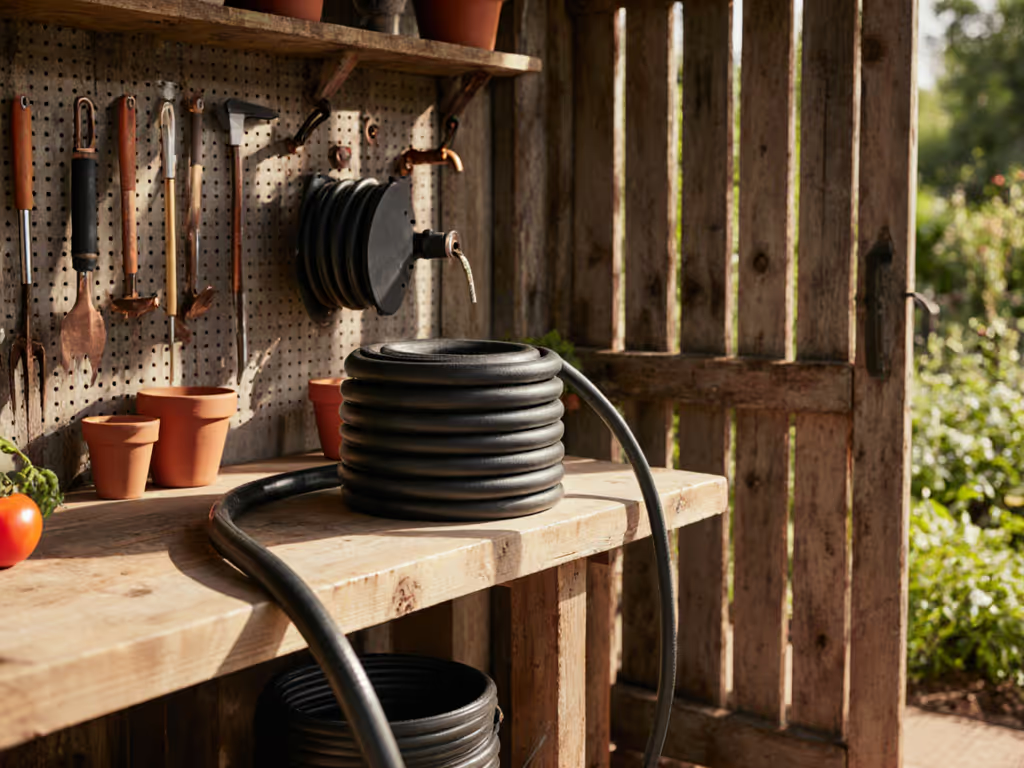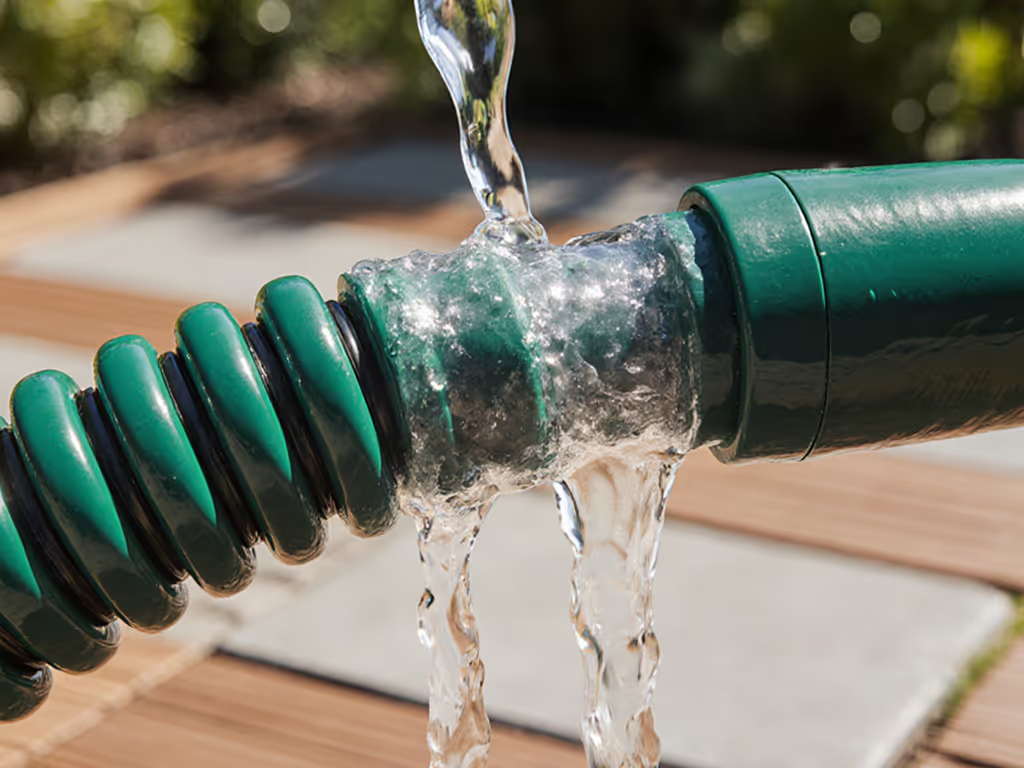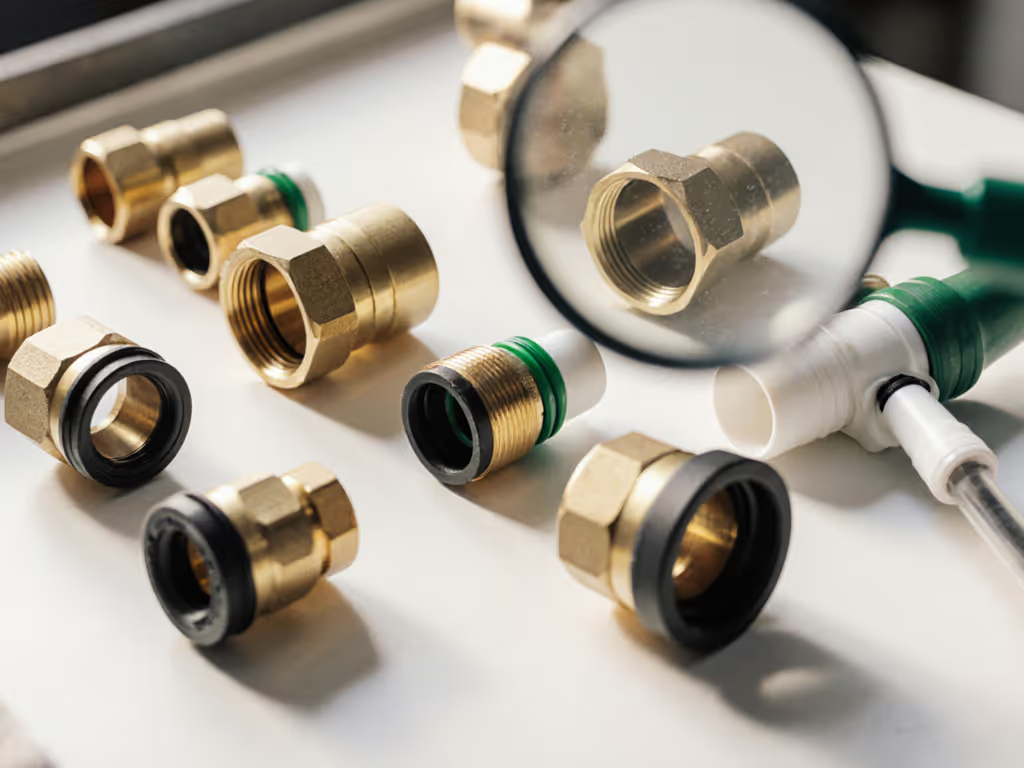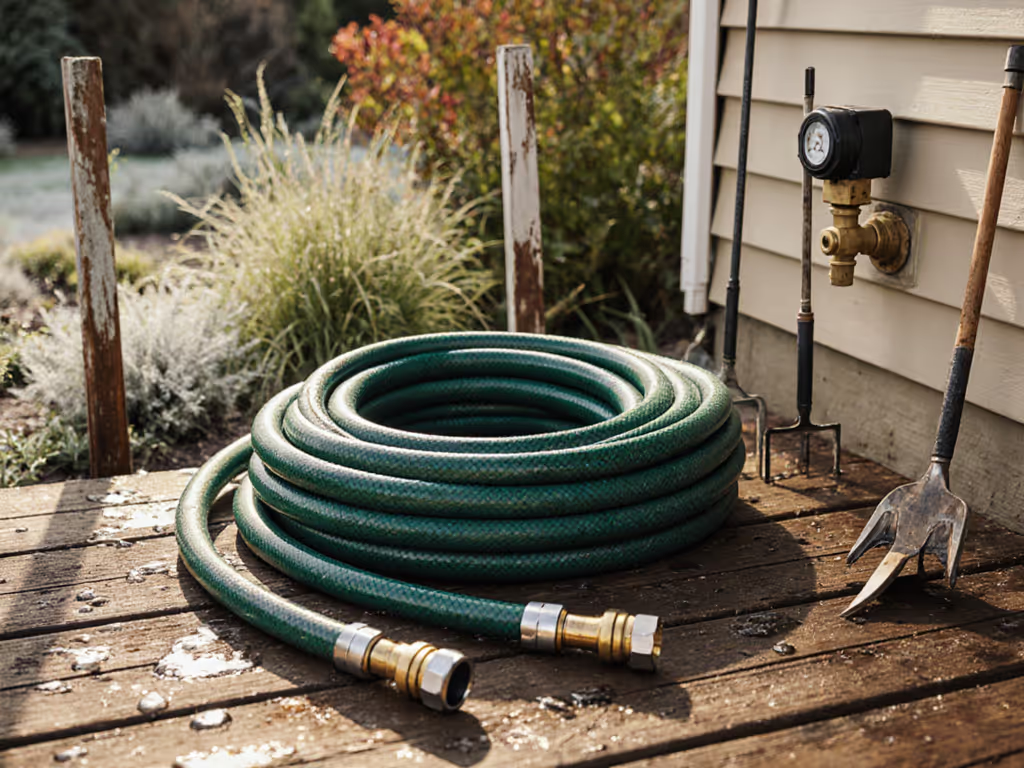
Best Expandable Hose: Space-Saving Storage Explained

When your garden hose fights you instead of helping, watering becomes a chore nobody wants. That's why finding the best expandable garden hose isn't just about convenience, it is about creating a strain-free setup that protects your wrists, your edible beds, and your peace of mind. After years tuning systems for our community garden (from toddlers to elders), I've learned a simple truth: Comfort and safety are features, not accessories or afterthoughts. If a hose is comfortable to handle and safe for food beds, people actually use it correctly, season after season. Couple that with smart outdoor hose storage, and you'll spend less time wrestling kinks and more time watching tomatoes ripen. Let's build your ideal system together.
Why Your Hose Storage Affects Everything
Most folks only notice their hose when it fails: a sudden kink during tomato watering, a leaky connection soaking your shoes, or that heavy rubber coil that leaves wrists throbbing. But these aren't random annoyances, they are warnings that your storage method is working against your daily routine. In our garden, we once used a hose that seemed sturdy until we realized its rigid coil memory caused constant twisting. Watering took 20 minutes longer, elders avoided the task entirely, and lead-containing fittings near herb beds made us uneasy. Poor storage isn't just messy, it erodes safety, efficiency, and who even gets to water.

Consider these ripple effects:
- Strain from heavy/unwieldy hoses leads to skipped watering sessions (hello, wilted seedlings)
- Kinks and tangles reduce water pressure, wasting time and gallons
- Improperly stored hoses develop cracks from UV exposure or freeze damage
The fix starts with understanding how space-saving hose technology solves these by design, not as a gimmick, but as an ergonomic necessity. Not sure if an expandable hose is right for you? See our expandable vs traditional hose comparison.
Building Your Strain-Free Setup: 3 Critical Steps
Step 1: Prioritize Weight & Flexibility (No Wrist Strain Allowed)
If filling a watering can feels like arm wrestling, you won't water consistently. That's why lightweight expandable hoses transformed our garden, they shed 70% of the weight of traditional rubber hoses. When stretched, they feel substantial; when empty, they collapse to a fraction of their size. Look for:
- Under 1.5 lbs per 25 ft (like the Pocket Hose Copper Bullet)
- Latex-free inner cores that resist "coil memory" and lay flat
- Swivel fittings at both ends to prevent twisting during use
Pro tip: Test flexibility before buying. Squeeze the collapsed hose, if it feels stiff like a garden hose, it'll kink. You want springy resilience, like a rubber band.
This isn't just comfort. For seniors or those with arthritis, lighter hoses mean independence. In our garden, switching to a sub-1.5 lb hose let our 80-year-old plot captain water solo again, no more iced wrists after 15 minutes.
Step 2: Verify Safety Where It Matters Most (Edible Gardens & Pets)
Hoses touching food crops or pet bowls demand scrupulous safety checks. For a deeper dive on certifications and materials, read our guide to water-safe garden hoses. Standard rubber hoses often contain lead stabilizers or BPA, harmless for lawns, dangerous near kale beds. Always confirm:
- Lead-free brass or stainless steel fittings (look for "NSF 61" or "CPSC compliant")
- FDA-sanctioned materials for the inner tubing (critical for RV/marine hoses too)
- Zero plasticizers that leach into water (common in cheap vinyl)
I refuse to compromise here, even if it costs 20% more. Our garden now uses only hoses like the Teknor Apex Zero-G, which meets FDA standards for potable water.

Teknor Apex Zero-G Hose
That peace of mind is non-negotiable when kids drink from the hose after watering strawberries.
Step 3: Match Storage to Your Space (No "One-Size" Fits All)
A hose reel that works for a townhome patio will fail on a 1-acre lot. Evaluate your real-world needs: For product picks that pair well with compact hoses, see our weatherproof hose reels guide.
| Your Yard Type | Ideal Storage Solution | Avoid |
|---|---|---|
| Small patio/townhome | Wall-mounted retractable reel | Heavy reels tipping over |
| Medium garden (1/4 to 1/2 acre) | Expandable hose + manual reel | Coil-style (trips over plants) |
| Large property (1+ acre) | Multi-hose station with quick-connects | Single 100+ ft hose (too heavy) |
Key for hose storage efficiency:
- Retractable reels need mounting at elbow height to avoid shoulder strain
- Coil-style hoses require wall hooks away from foot traffic (they snap back!)
- Always drain hoses before storing (trapped water causes freeze splits or mold)
I've seen beautiful systems fail because the reel sat too low, forcing users to bend constantly. Store it right, and you'll use it daily. Store it wrong, and it gathers dust (and spiderwebs).
Beyond the Hose: Your Safety Checklist
- Pinch test: Squeeze fittings, metal should feel cool/dense; plastic = short lifespan
- Certification scan: Reject anything without NSF/CPSC/FDA labels for edible zones
- Swivel check: Rotate nozzle end, zero resistance? Good. Stiff? Leads to kinks.

This takes seconds but prevents leaks, contamination, and wasted effort. Remember: A "kink-free" hose is useless if its fittings leak near your carrot patch. True space-saving hose technology integrates all parts, hose, reel, nozzle, into a seamless system.
Your Next Step: Customize, Don't Compromise
The "best expandable garden hose" isn't a single product, it's the strain-free setup that fits your hands, your garden, and your safety standards. Whether you're watering cherry tomatoes on a balcony or zucchini across 1/2 acre, prioritize comfort and safety first. Then layer in smart storage: a wall reel that retracts smoothly, collapsible hose design that disappears when not needed, or quick-connects that let you swap nozzles without swearing.
Comfort and safety are features, not accessories or afterthoughts.
Dive deeper into creating your ideal system. Use our garden hose diameter guide to calculate flow rates based on your spigot pressure and yard size. Research CPSC-certified hoses for your region, calculate flow rates for your spigot pressure, or watch videos on ergonomic reel mounting. Your perfect strain-free setup is waiting, and it starts with understanding what really matters: a garden that thrives because your tools do too.
Related Articles





Best Garden Water Hose: Climate-Resistant Materials That Last
Match hose materials and components to the local climate - reinforced rubber for freezes, UV-stable synthetics for heat, and stainless fittings for corrosion resistance - then add drain-down valves and proper winterization. Stop leaks before they start, reduce water waste, and extend service life from one season to many.
